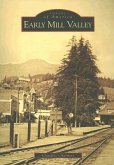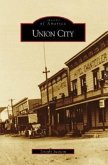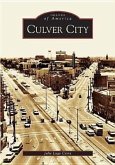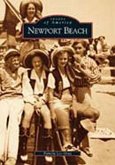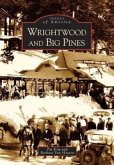East of the rugged Sierra Nevada in California's Owens Valley lies Manzanar. Founded in 1910 as a fruit-growing colony, it was named in Spanish for the fragrant apple orchards that once filled its spectacularly scenic landscape. Owens Valley Paiute lived there first, followed by white homesteaders and ranchers. But with the onset of World War II came a new identity as the first of 10 "relocation centers" hastily built in 1942 to house 110,000 people of Japanese ancestry, two-thirds of them American citizens, removed from the West Coast. In the face of upheaval and loss, Manzanar's 10,000 confined residents created parks, gardens, and a functioning wartime community within the camp's barbed-wire-enclosed square mile of flimsy barracks. Today Manzanar National Historic Site commemorates this and all of Manzanar's unique communities.
Hinweis: Dieser Artikel kann nur an eine deutsche Lieferadresse ausgeliefert werden.
Hinweis: Dieser Artikel kann nur an eine deutsche Lieferadresse ausgeliefert werden.

